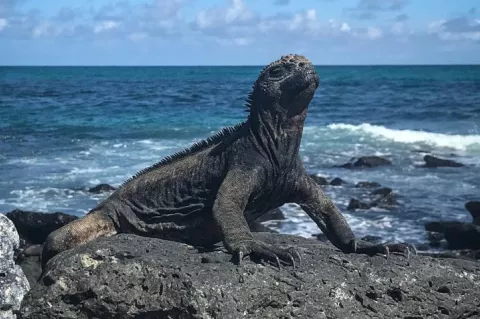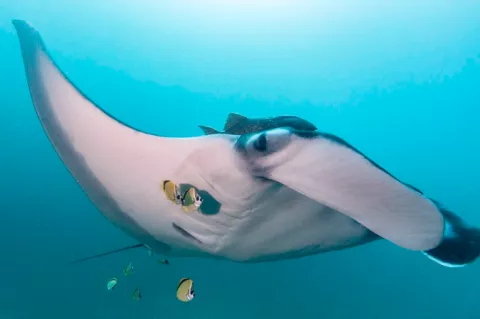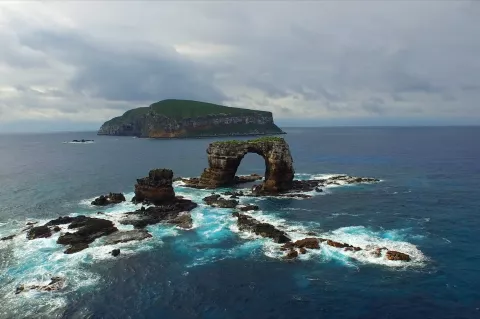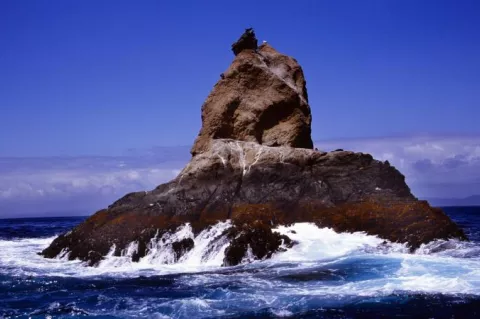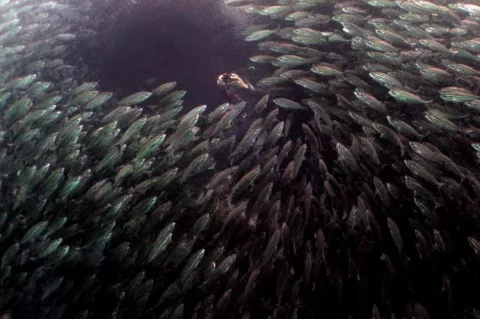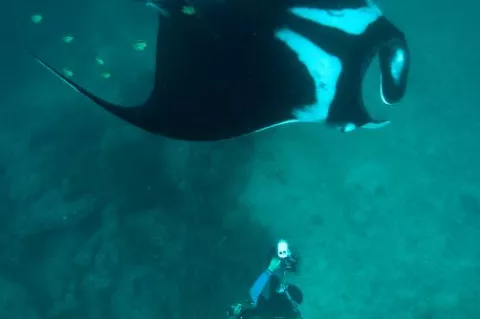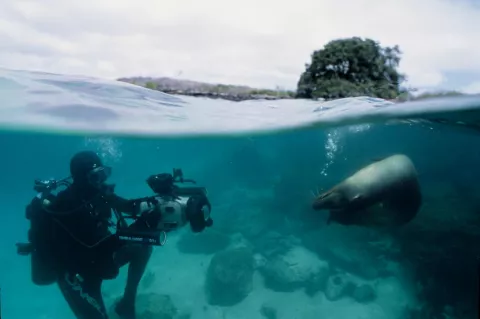Galápagos Islands
An enchanting and ecologically unique place, immortalized by Charles Darwin’s seminal work on evolutionary biology in 1859, the Galápagos Islands hold a revered spot as one of the truly magical locations of the world. During pandemic times, when stillness and quiet replaced the cacophony of tourists, it seemed even more captivating. Brandi Mueller reports.

